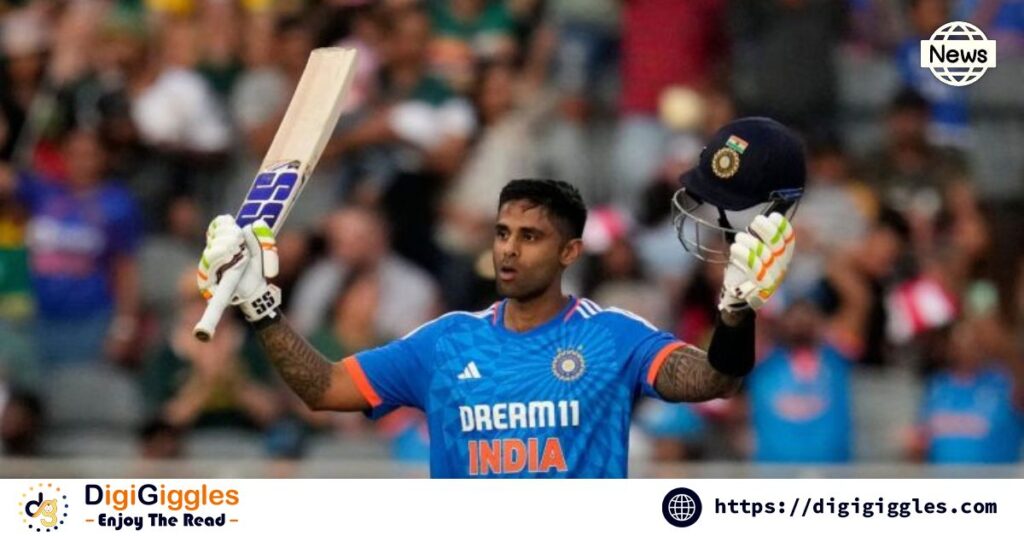
In the realm of T20 cricket, where dynamic strategies and multifaceted players often define success, India finds itself grappling with a critical challenge. As the T20 World Cup looms on the horizon, the Indian team faces the pressing need to transform its approach and unearth solutions. In the recent clash against South Africa at St George’s Park, the disparity in team composition was stark. While South Africa fielded a side that seemingly boasted more than the traditional eleven, India’s lineup appeared somewhat deficient. The classical Test team configuration of six batsmen, an all-rounder, and four specialist bowlers left India wanting in the fluid and ever-evolving T20 format. The crux of the matter lies in the team’s distinct approach, where specialists prevail over multitaskers. This philosophy, whether due to a lack of viable alternatives or a conscious choice, is proving to be a stumbling block for India in the fast-paced T20 arena. A notable area of concern is the lower order’s inability to contribute significantly.
Batsmen from positions 8 to 11 lack the firepower to score boundaries consistently. This fragility has a cascading effect, impacting the middle order’s performance and stifling the team’s momentum in crucial phases of the game. The deficiency in the lower order was exposed in the recent match against South Africa, where Suryakumar Yadav, the captain, found himself limited in bowling options. The absence of a part-time, partnership-breaking sixth bowler left Yadav with no choice but to persist with the same set of bowlers, hoping for a breakthrough that never materialized. The lower-order struggle is not a newfound weakness; it has persisted in previous encounters, notably against the West Indies. The lower-order batsmen failed to provide the necessary support, resulting in missed opportunities and close defeats.
The lack of boundary-hitting prowess among the tailenders has become a recurring issue, impacting India’s ability to accelerate the run rate in the final overs. The challenge extends beyond just batting. India’s lower-order ineptness has also hampered the middle-order’s fluency. An example from a recent match illustrates how a conservative approach by the lower order, coupled with struggles against spinners, led to a suboptimal run rate. The West Indies, in a previous series, highlighted the importance of having bowlers who can contribute with the bat in the lower order. The ability of the West Indies’ No. 9 and No. 10 to form a composed partnership in a tight situation showcased the value of having depth in both batting and bowling. As the T20 World Cup approaches, India must address this glaring weakness.
The team needs to explore options to strengthen positions 8, 9, and 10, ensuring they can contribute vital runs when needed. The lack of a potent all-rounder in the lower order necessitates a strategic rethink, perhaps embracing a more flexible and dynamic approach. In an era where other teams have embraced the spirit of the age with all-rounders and power hitters in the lower order, India’s commitment to specialists may prove to be a limitation. As the team navigates the ongoing series against South Africa and gears up for the T20 World Cup, devising a more versatile and robust team composition becomes imperative. The goal is to transform India from a mere group of eleven players into a formidable unit capable of meeting the demands of modern T20 cricket.